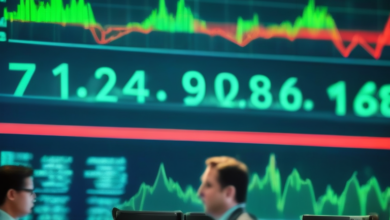-
Knowledge

3 Main Reasons Why Options Beginners Lose Money
Key Highlights Understanding options trading strategies is crucial for beginners to avoid common pitfalls. Before trading options, beginners must assess…
-
Market News

Stock Market News August 22, 2024: Waiting For Fed Speech
Key Highlights The S&P 500, Dow Jones Industrial Average, and Nasdaq Composite closed lower, driven by rising Treasury yields and…
-
Market News

Stock Market News 21 August 2024: Fed Minutes
Key Highlights The S&P 500 and Nasdaq Composite closed higher, driven by the Federal Reserve’s meeting minutes that signaled a…






